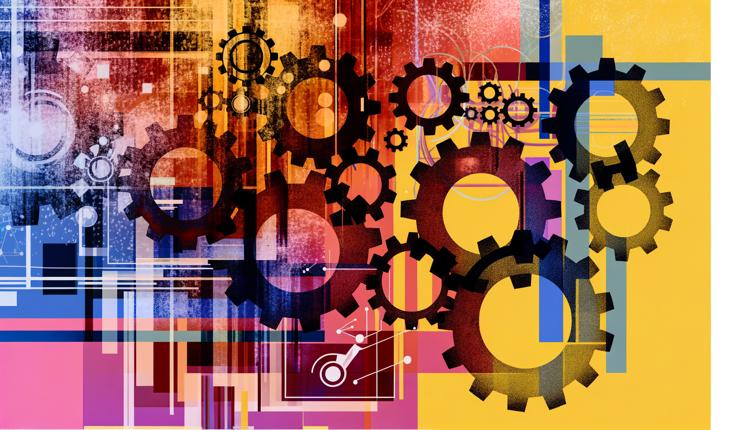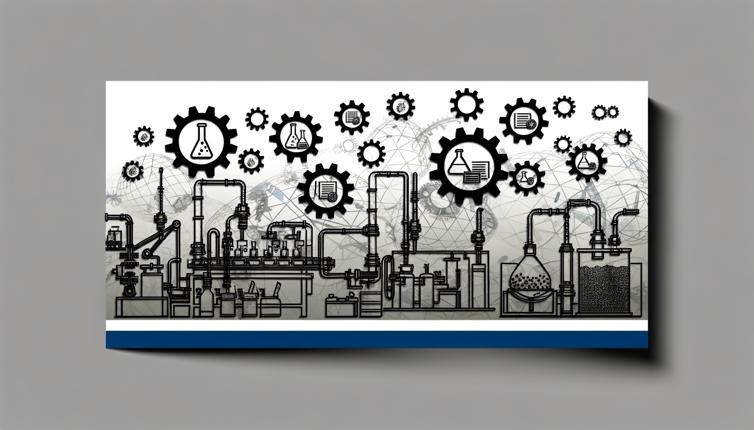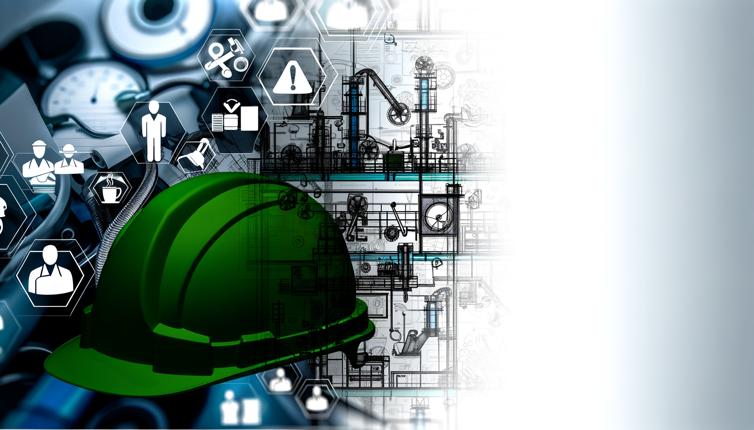Understanding Efficiency and Effectiveness
Efficiency in manufacturing processes refers to the ability to minimize waste, reduce costs, and maximize productivity. It involves optimizing the use of resources such as raw materials, labor, and machinery to achieve the highest possible output.,Effectiveness, on the other hand, focuses on achieving the desired outcomes. It takes into account factors such as product quality, customer satisfaction, and meeting deadlines. An effective manufacturing process ensures that the end product meets or exceeds customer expectations.
Challenges in Balancing Efficiency and Effectiveness
Balancing efficiency and effectiveness can be challenging for several reasons. For instance, maximizing efficiency may require streamlining operations and reducing flexibility, which can limit the ability to adapt to changing customer demands.,On the other hand, prioritizing effectiveness might result in a slower manufacturing process and higher costs. This trade-off between efficiency and effectiveness requires careful consideration in order to optimize overall performance.
Strategies for Balancing Efficiency and Effectiveness
1. Set Clear Goals and Priorities: Clearly define the goals and priorities of the manufacturing process. This will help in identifying areas where efficiency and effectiveness can be balanced.,2. Continuous Process Improvement: Implement a culture of continuous improvement to identify and eliminate inefficiencies in the manufacturing process while ensuring the desired outcomes are met.,3. Invest in Technology: Adopting advanced technologies such as automation and data analytics can improve both efficiency and effectiveness by optimizing processes and providing real-time insights for decision-making.,4. Employee Training and Empowerment: Providing regular training and empowering employees to make decisions can contribute to both efficiency and effectiveness. Well-trained employees are more likely to identify and address inefficiencies while also delivering better quality products.,5. Flexibility and Responsiveness: Build flexibility into the manufacturing process to quickly adapt to changing customer demands and market conditions without compromising on efficiency or effectiveness.,6. Monitor Key Performance Indicators: Regularly monitor and analyze key performance indicators (KPIs) to track the progress and identify areas for improvement in balancing efficiency and effectiveness.
Conclusion
Finding the right balance between efficiency and effectiveness in manufacturing processes is essential for long-term success. Businesses that can optimize these factors will not only maximize productivity and reduce costs but also meet customer expectations and achieve a competitive advantage in the market.









